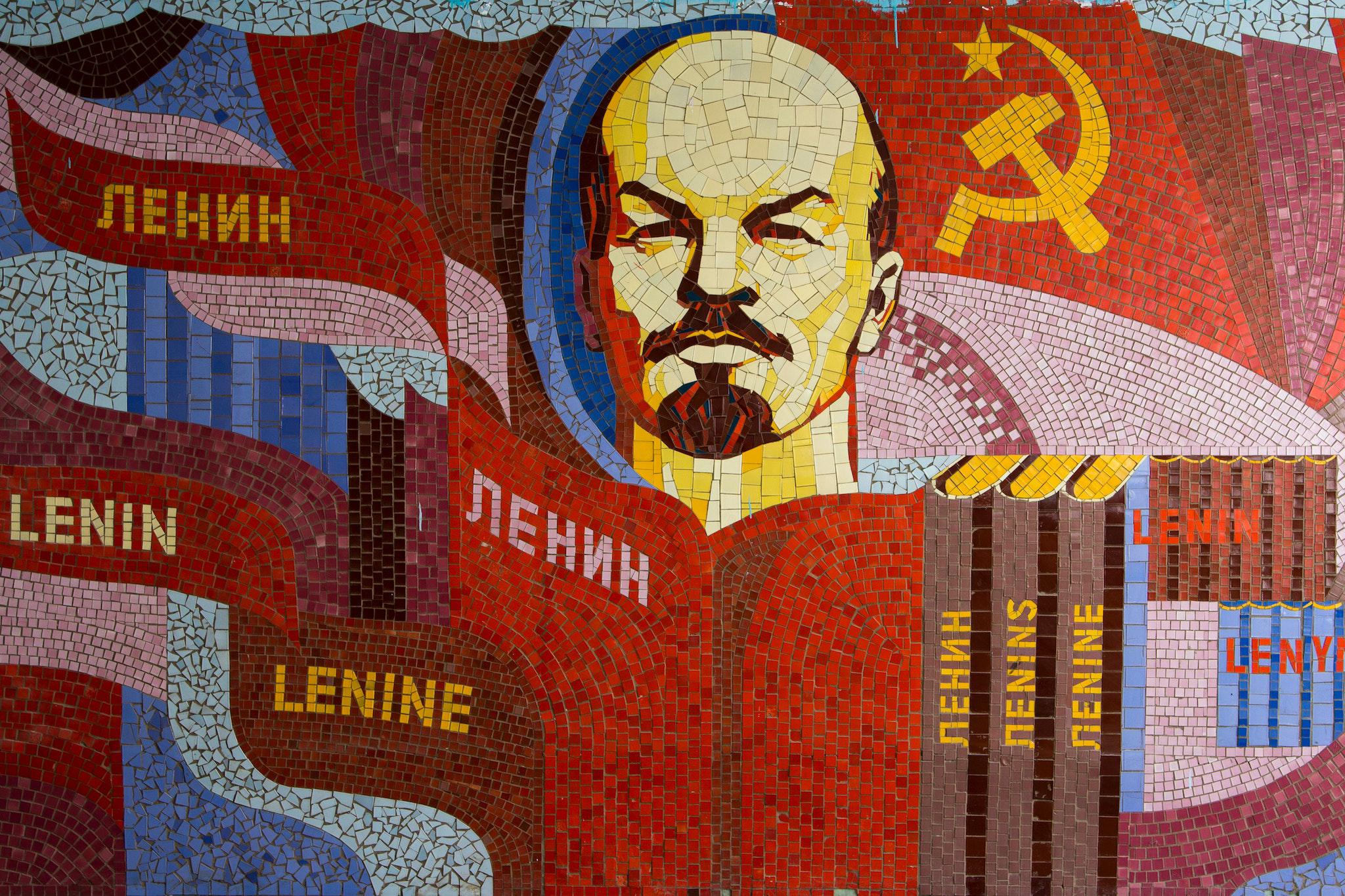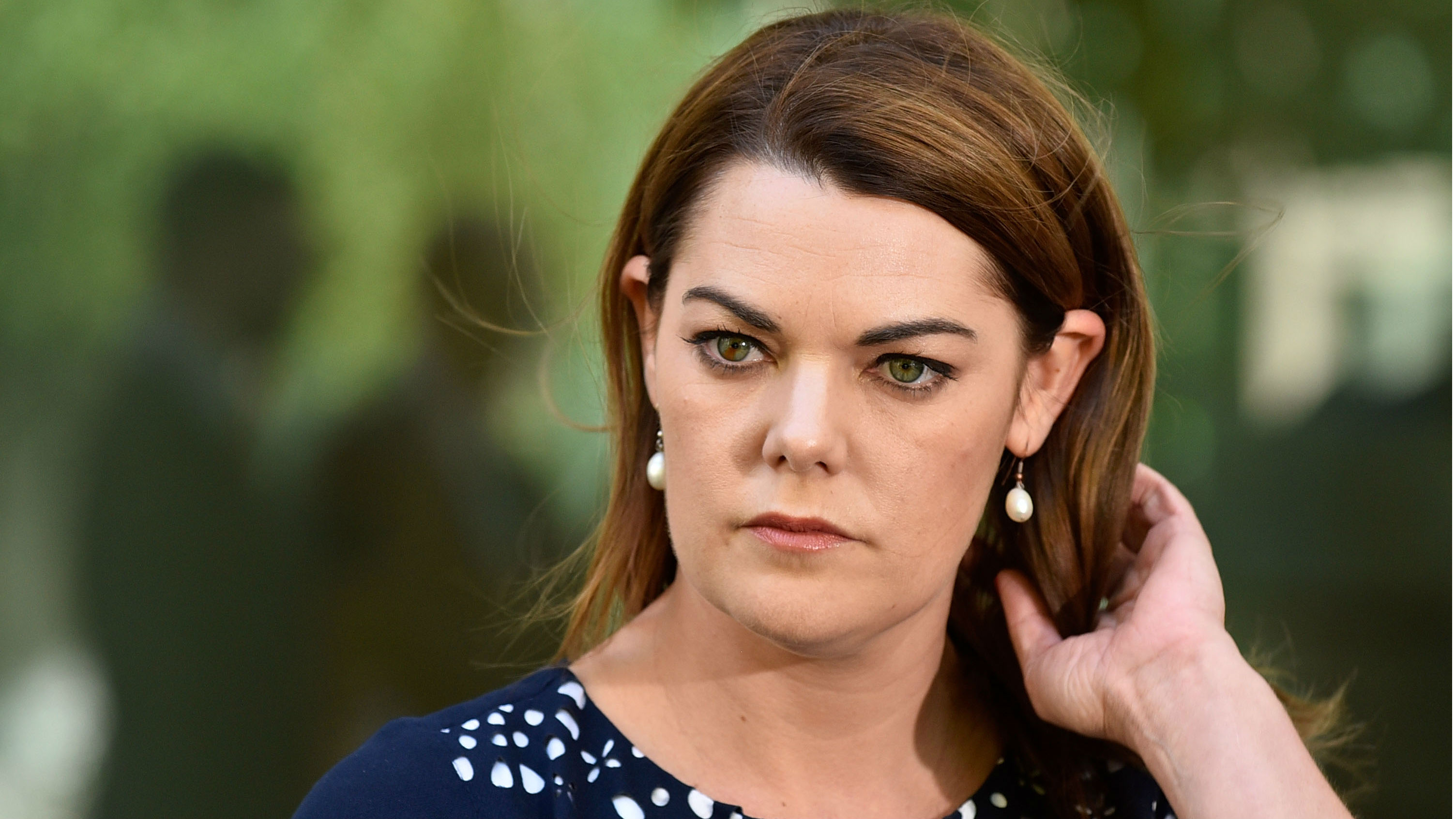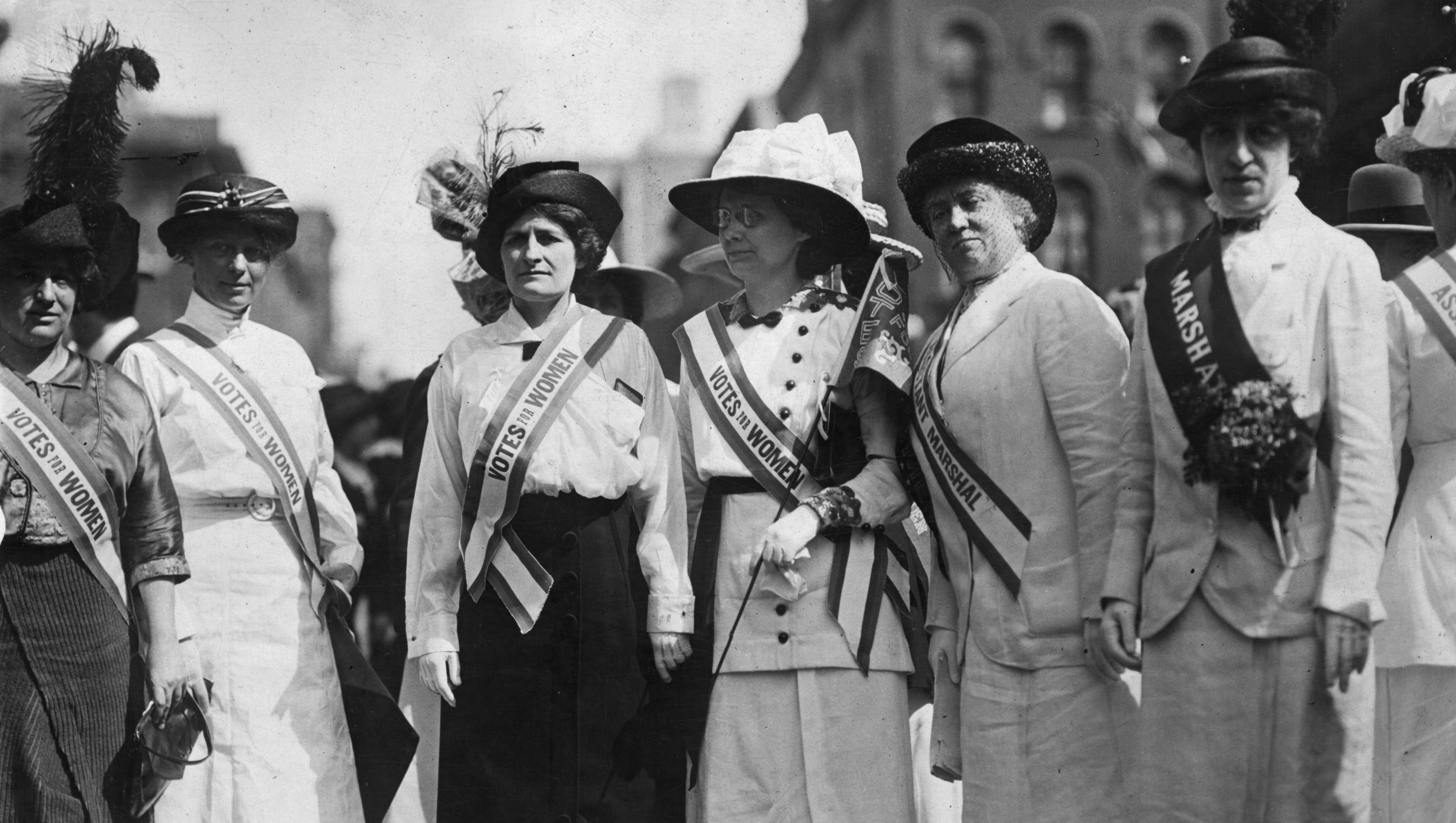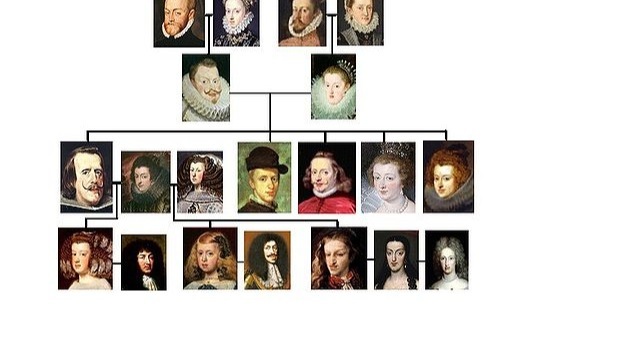An Insistent History: Declaring the Women’s Art Revolution at the Sundance Film Festival

Calling it “an insistent history that refuses to wait any longer to be told,” Lynn Hershman Leeson declares “WAR,” her acronym for the women’s art revolution begun in the 1970s, through the film !Women Art Revolution, which will be shown as part of the New Frontier series at the 2011 Sundance Film Festival. Ms. Leeson spent the last 42 years filming feminists on the front lines of the battle for artistic equality as well as joining the battle herself. As writer, director, producer, and narrator of the film, Leeson resurrects the spirit of the ‘70s and recovers the lost history of women in art. This “insistent history” refuses to go away, and this film and the historical projects linked to it ensure that it never will.
Since 1968, Leeson almost obsessively filmed interviews with women artists and curators. This 83-minute film gives only the tip of the iceberg of nearly 13,000 minutes of interviews, many of which can be seen in their entirety at a site run by Stanford University. Leeson interviewed many of these figures several times over the years. To see the toll that years of oppression took on artists such as the late Nancy Spero, who tells a humiliating tale of being asked to present her portfolio on the floor and “genuflect” before the male gallery owner, speaks volumes about how the male-dominated art world literally robbed the life from many of these amazing artists.
Just as An Inconvenient Truth used the personal story of Al Gore to give a human core to that documentary, Leeson uses her own story as a center around which the maelstrom of the feminist art movement whirls. Photos of the pre- and post-Berkley Leeson set side by side humorously yet powerfully demonstrate the impact that societal changes had on her and other women in the late 1960s. Later, as women artists struggled to find an identity as much as a history, Leeson recounts her use of a false identity (“Roberta Brietmore”) for nearly a decade as a means of going where her “real” self could not. You never forget for a moment that Leeson lived through this history first-hand and always sense her passion for preserving the meaning of the movement burning just as hot as when it first happened.
It’s always a great pleasure for me to “discover” and artist I’ve never known before. Seeing the work of so many women artists for the first time and hearing their stories in Leeson’s film can be overwhelming at times. I found myself mentally connecting dots from this film to the MoMA’s On Line: Drawing Through the Twentieth Century exhibition (which I reviewed here) and the roles that Yvonne Rainer and Carolee Schneeman played. Similarly, one of my new favorite artists, Martha Rosler, a star of the Seductive Subversion: Women Pop Artists, 1958-1968, appears prominently in this film, both as an artist and as a powerful, insightful, critical voice. This film will educate all but the most ardent students of women’s art. Here is “That ‘70s Show” that we’ve never had the chance to see the first time around. Allowing this generation to open that “gift” of (re)discovery may be the finest legacy of this project.
Leeson leavens much of the sadness of the film with humor, particularly when the Guerrilla Girls appear in full simian regalia to clamp their sarcastic bite upon the rump of the male-dominated establishment. The comic art of Spain Rodriguez and soundtrack by Carrie Brownstein keep things rocking and rolling. However, the sadness remains. When Sheila Levrant de Bretteville painfully relates the sheer economic strife of being a woman artist, you cannot help but tear up in solidarity for talent so woefully mistreated on such a grand scale. The harrowing reality of rape for these women appears with a brutal honesty. The saddest tale of them all, however, must be that of Ana Mendieta (the mustachioed, gender-bending face in the image above). Mendieta married the Minimalist sculptor Carl Andre in 1985. As Leeson explains, Minimalism—art eliminating all content, particularly political content—vied with Feminist art for the soul of art in the 1970s. Mendieta’s marriage to Andre seemed a mixed one philosophically. That mixed turned tragic when Mendieta fell to her death from a 34th floor window 8 months after the wedding after an argument with Andre. Mendieta becomes a central martyr of the cause in this film, literally killed by the hand of Minimalism, which muted her individual voice as part of the larger women’s movement.
Despite this tragic story, the exuberance of these women is what comes through in the end. Rachel Rosenthal, Judith Baca, Joyce Kozloff, Faith Ringgold, Marcia Tucker, Howardena Pindell, Faith Wilding, Suzanne Lacy, and others speak out with a thrill in their voice when recalling the empowering raising of consciousness of the era. The loudest voice, however, is unquestionably that of Judy Chicago, whom Leeson honestly portrays as a valuable yet divisive member of the movement. Leeson never lapses into sentimentality and refuses to sugarcoat the often bitter and embittering Chicago. This refusal to paint the women’s art revolution as one big happy family makes it seem more authentic than the neater art histories we’re accustomed to hearing.
The film ends on a hopeful note by showing artists such as Janine Antoni, Miranda July, and Camille Utterback taking claim on this legacy and moving forward with it into the future. The final face you see is that of Mendieta, but the note struck is not that of defeat but that of victory in remembrance. Leeson begins the film by fruitlessly challenging patrons outside a museum to name three women artists. After watching !Women Art Revolution, you’ll find yourself never forgetting these courageous and talented ladies.
[Many thanks to Lynn Hershman Leeson for providing me with a review copy of her film, !Women Art Revolution. Many thanks also to the 2011 Sundance Film Festival for providing me with the image above and other press materials. The festival will be open free to the public Thursday, January 20, through Saturday, January 30, 2011.]





